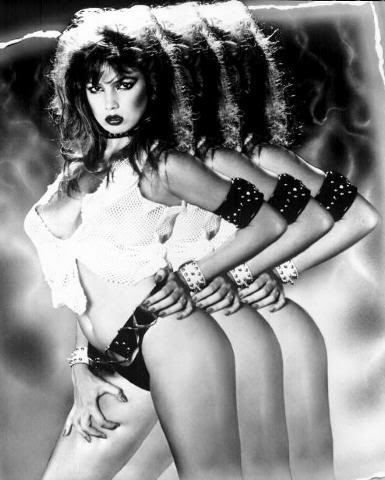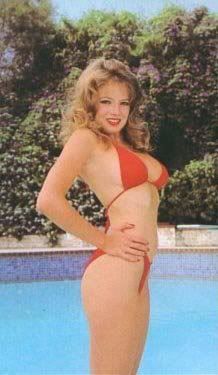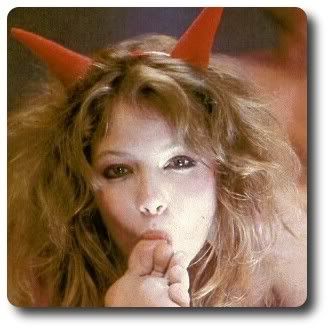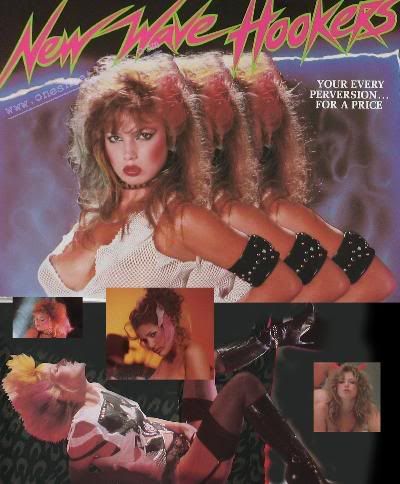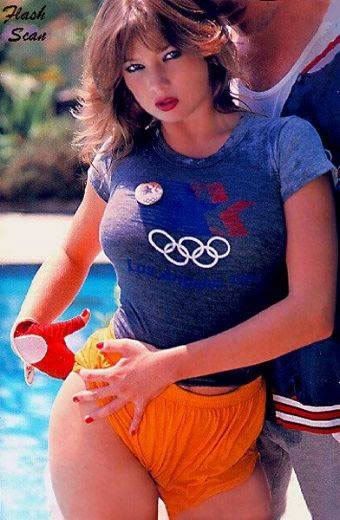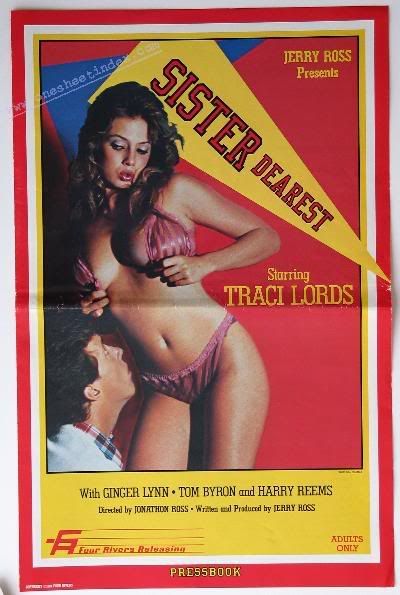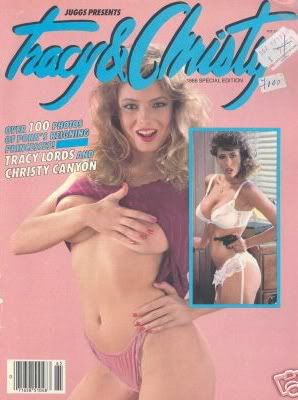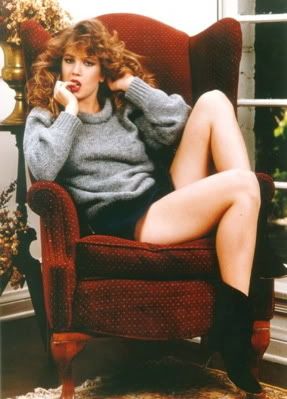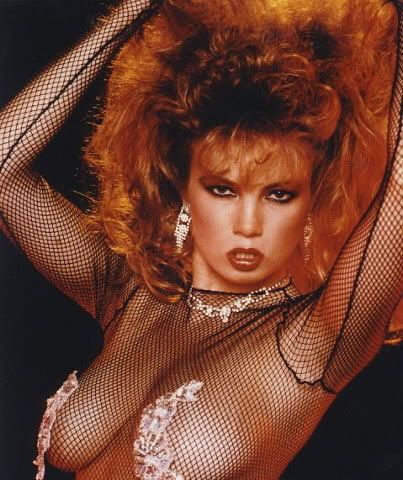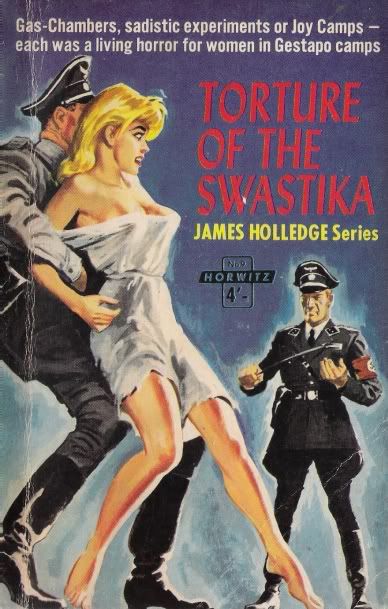
But no doubt many of readers of their current publications would be more than a little dismayed, shocked and even disgusted to learn that during the 1960s and early-1970s, Horwitz made their mark by grinding out a seemingly endless stream of lurid war-themed paperbacks, most of which proudly wallowed in the sadistic torments which the German and Japanese powers meted out on their enemies during the Second World War. What made these paperbacks even freakier (particularly the Nazi themed ones) is the fact that Horwitz were a Jewish owned company.

Founded in 1920 by Peter Horwitz, the company initially published sporting journals and trade papers, before expanding into the paperback market just after World War II, with a series of science-fiction and western titles that were published under the imprint of Transport Publishing Company. Between 1950 and 1952, Horwitz published Thrills Incorporated, Australia's first science-fiction magazine, and their success enabled them to survive the lifting of import restrictions in 1958, which put a lot of smaller business out of action.
By the late-1960s, Horwitz had begun to turn away from reprinting popular overseas material in order to concentrate on original titles written by local, mostly unknown authors (although they did continue to reissue occasional titles imported from the US, particularly from the Midwood company). It was no doubt a money saving move, but one which yielded unlikely fruits. Although they would have been considered little more than mindless lunchtime fodder at the time of their publication, Horwitz's adult paperbacks have survived as little documents of some of the more extreme and oddball aspects of low-rent Australian culture, encompassing subjects as diverse as true crime, film tie-ins for local exploitation films, and the (mostly fictional) lives of sex workers in Kings Cross (a suburb of Sydney notorious for its prostitution and drug racquets).

Above: Typical example of Horwitz's line of sex paperbacks.
For these titles (which were usually published under their Scripts and Stag imprints), Horwitz mostly eschewed the use of original cover art in favor of cheap photographs featuring (usually topless) young models in suitably provocative poses. Strangely, this cost-cutting process lends the books a more memorable, coarse quality which they otherwise might have lacked.
Horwitz Goes To War
One glance at the Horwitz war paperbacks, and it's easy to see the type of cheap thrills readership which they were aimed at. Lurid, color saturated cover art firmly emphasized the sex and sadism angle of the novels. Of course, just like most other adult oriented paperbacks from this era, the content of the Horwitz novels could rarely match the expectations raised by their titillating covers (although many of the stories still read as tight, tough and enjoyable war adventures, particularly those penned by the prolific John Slater 1 and Jim Kent).

Extremely violent and salacious, the cover art employed by Horwitz for its war paperbacks emulated the gaudy artwork featured on the covers of 1960s American mens' magazines such as Man's Story, Wildcat Adventures and Men Today (refer to Adam Parfrey's brilliant hardcover volume It's a Man's World, published by Feral House in 2003, for a great history of these publications). Some of the local Australian artists whose work graced the covers of Horwitz paperbacks include Theo Batten, Peter Chapman, Maurice Bramley and - most prominent of all - Col Cameron (see below).
For the most part, these war paperbacks stuck to a predictable formula, with their plots often interchangeable. But what they lacked in literary merit they more than made up for in both entertainment and exploitation value, and considering the inherent racism often found within their pages, it's quite astonishing that these books were being published as recently as the 1970s.

According to Lyall Moore, who was the director of Horwitz in the late-1990s, the company published a total of sixteen paperback titles per month during the height of their popularity in the mid-1960s, with each title having a print run of 20,000 copies. Distributed mainly through railway newsstands across Australia, Horwitz ceased publishing their unique war paperbacks in the early-1970s, by which time their popularity had severely declined (killed off no doubt by the increasing tolerance for sex and violence in mainstream film and literature, as well as the introduction of hardcore sex films and magazines).
Towards the end of their run, the Horwitz war paperbacks resorted to using photo covers, which although suitably lurid, could not match the effectiveness of their painted covers, and by the early-1970s their paperback line had just about died out, relegated to the dusty shelves of Australian op shops and secondhand bookstores, where they can (fortunately for collectors) still be picked up dirt cheap (often as low as 25 cents, although some of the more knowing stores have begun to charge up to Aus $10.00 for higher grade copies). Naturally, the paperbacks are more scarce in the USA and other countries outside Australia, and as their popularity begins to (slowly) grow in these countries, no doubt their value will begin to rise accordingly (recent eBay auctions for high-grade Horwitz Nazi paperbacks have begun to bring prices as high as US $30.00).
1 John Slater was a pseudonym for a number of authors, including Carl Ruhen, R. L. Taylor and Carlene Hardy. However, most of the 84 paperbacks in the John Slater series were penned by Ray Slattery, who also wrote a number of war novels for Horwitz which were published under his real name.
2 Topps' 66 card Battle set depicted the story of World War II via the use of some very violent artwork, which bore captions like Execution At Dawn, Nazi Terror and Torture Chamber. Norm Saunders, who painted the Battle cards, was also responsible for the notorious series of Mars Attacks! cards which Topps issued in 1962.
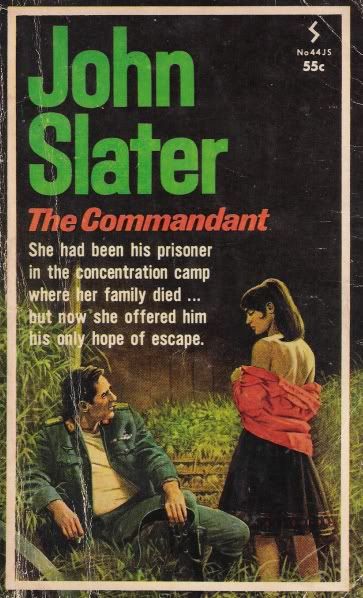
Col Cameron: Horwitz's Premier Cover Artist
Cameron first began providing paperback covers for Horwitz in the early-1960s, when Ron Smith was the art director for the company. Cameron at the time was working as an illustrator for the Australian political magazine The Bulletin. His first covers for Horwitz were naval based scenes for a couple of J. E. Macdonnell titles, before he found his ground with the more violent and savage Nazi/Japanese paperbacks.
Responsible by his own count for over a hundred Horwitz paperback covers, Cameron - no doubt like the majority of cover artists - seldom read any of the material prior to beginning work on a piece. Horwitz editor Roy Fuller would simply suggest a basic concept or theme for the cover and Cameron would be left to create the appropriate image, which would usually take the artist between a week or two to complete (unless it was a rush job - Fuller would often have Cameron working on two or three covers at once). As a freelance artist working from home, Cameron rarely had the change to interact with the other Horwitz artists, and many of them are now unfortunately relegated to the pages of obscurity.
In his own words, Cameron churned out his Horwitz covers "like sausages", and was not always happy with the work he did for the company, viewing his time there primarily as a learning experience (he also found himself at odds with the company when he provided some western covers which didn't follow the thematic guidelines suggested by the publisher).
While his work is appreciated amongst the rather small band of Horwitz devotees, Cameron's art has yet to find any real widespread acknowledgment within the pop culture art community. Unfortunately, Cameron himself will never see the result of any future interest in his work, as he passed away in 1999, perhaps only vaguely aware that his art had had any lasting impressions (Graeme Flanagan, author of the Australian Vintage Paperback Guide - managed to track Cameron down for an interview just a couple of years before his death).
Fortunately, a lot of Cameron's original paperback art has survived, and is currently in the hands of his long-time partner (Lyall Moore recalls that most of the Horwitz artists received a flat fee of $150 for their covers - although Cameron himself has said that his early covers only earned him around $60 - with the work being returned to the artists upon publication). Hopefully, some exhibitions of his original art will be organized in the near future, which should help establish Cameron's reputation as one of Australia's most memorable pulp paperback cover artists.
(Special thanks to Graeme Flanagan for his help in compiling this bibliography and providing information on Col Cameron. Graeme's essential reference work, the Australian Vintage Paperback Guide, was published by Gryphon Books in 1994 and is still available from their website at: www.gryphonbooks.com)
Note: In some of their 1970 paperbacks, Horwitz advertised a magazine called John Slater: Stories of Women in Bondage - an adventure/men's publication - the debut issue of which was to contain short stories with titles like Women of Manila, House of Torment and Daughters of Agony (the stories traversed subjects like black magic, coercion, bondage & discipline, and the familiar World War Two territory). The magazine, which had an advertised cover price of 60 cents, was to also feature a full color centerfold painted by a regular Horwitz artist (no doubt Col Cameron was one of the potential artists, not only for the centerfold, but for the cover and story illustrations as well). Unfortunately, it looks like the magazine was cancelled before the first issue was even published, as no copies of it have ever surfaced, and even the Horwitz archives don't have a copy.
Note: The above article is part of a sample chapter from my upcoming book Hip Pocket Sleaze - devoted to the world of lurid adult paperbacks - which is scheduled to be published by Headpress in the UK later in 2007 (visit www.headpress.com) .
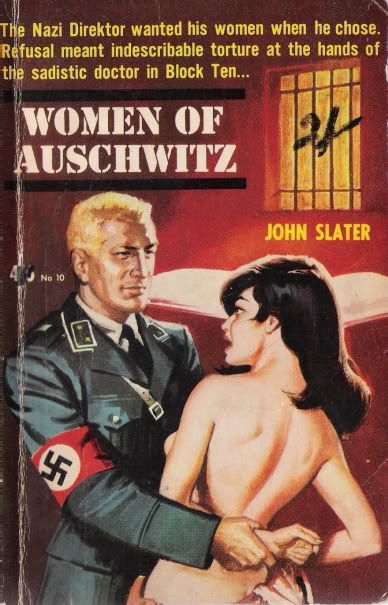
Copyright John Harrison 2007

